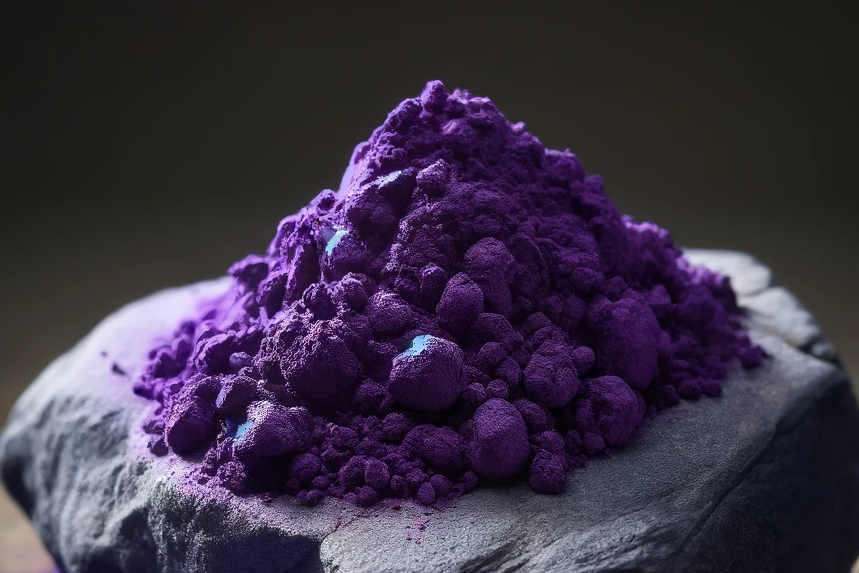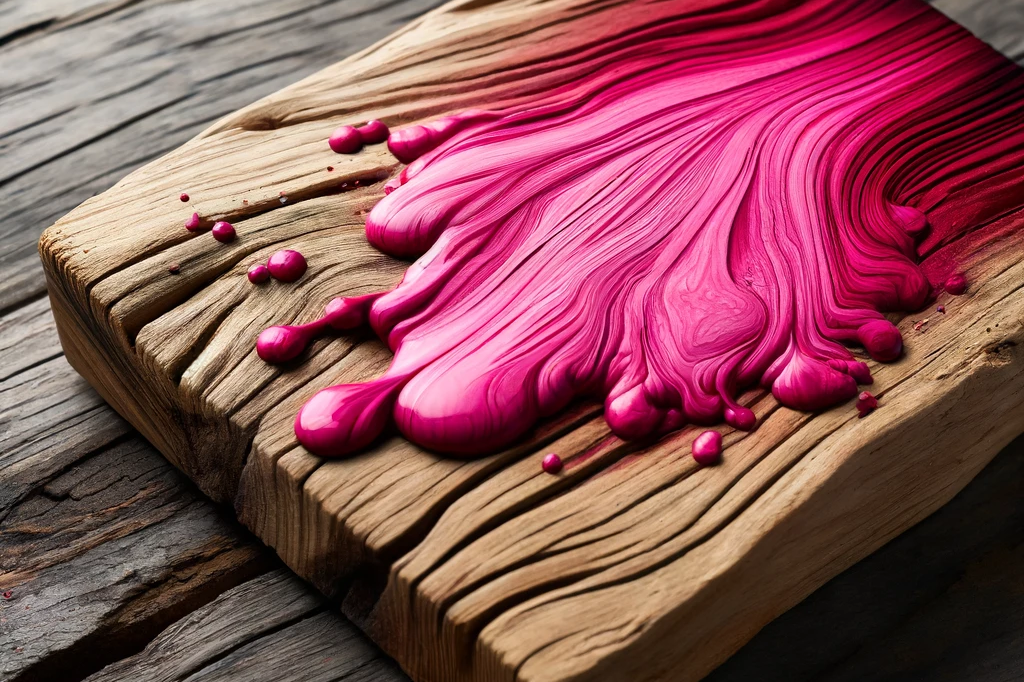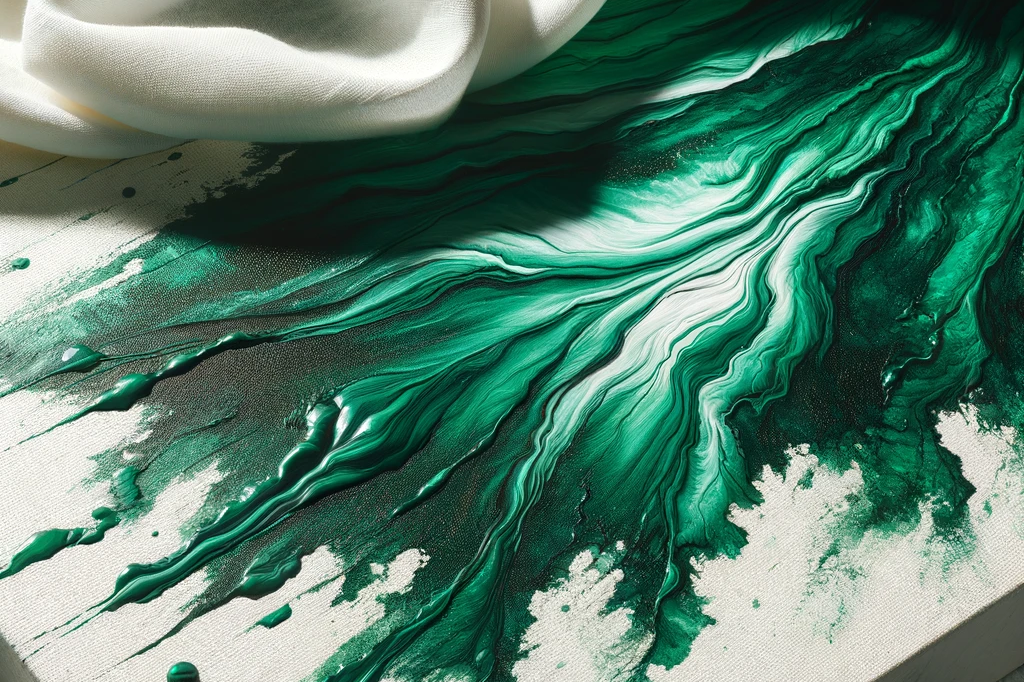Benzyl violet 4B

What is benzyl violet 4B?
Benzyl violet 4B is a chemical compound of sodium from the group of triphenylmethane dyes. It has the molecular formula C39H41N3NaO6S2 and the CAS number 1694-09-3. It is also known as Acid Violet 49, C.I. Acid Violet 49 or C.I. 42640. It has a black color and is soluble in water and ethanol.
How does benzyl violet 4B work?
Benzyl violet 4B is an anionic dye, which means that it has a negative charge. It can react with cationic substances that have a positive charge and thus form color complexes. These color complexes are often more intense and more stable than the individual dyes. Benzyl violet 4B can react with gelatine, starch or proteins, for example, and color them.
What are the advantages of benzyl violet 4B?
Benzyl violet 4B has several advantages as a dye:
- It has a high color strength and good light fastness.
- It can produce different shades depending on which other dyes it is mixed with.
- It is relatively inexpensive and readily available.
What are the disadvantages of benzyl violet 4B?
Benzyl violet 4B also has some disadvantages as a dye:
- It can cause allergic reactions, such as skin rashes, itching or respiratory problems.
- It can damage DNA and may be carcinogenic. It has therefore been classified as a potentially hazardous substance in California since 1987.
- It can be difficult to remove from textiles and can discolor other materials.
The answer is: No! Benzyl violet 4B is not a suitable dye for dogs. It can be harmful to health and cause allergic reactions. Besides, there is no reason to dye your dog something he doesn't need. Your dog loves you for who you are and you should love him for who he is. If you want to do something good for your dog, give him healthy food, fresh water and lots of love.
Properties 10
Are you looking for other ingredients with a specific property?
Just click on them to find more.
If you notice any signs of hypersensitivity or poisoning in your dog, you should see your vet immediately. We are not a substitute for a vet, but we try to be as accurate as possible. Every dog reacts differently and we recommend you get a second opinion or consult your vet if in doubt.
Stay healthy and take good care of your four-legged friend!😊
Similar to Benzyl violet 4B
Crystal violet, chemically known as hexamethyl-p-rosaniline chloride, is a synthetic dye with antimicrobial properties. Originally used in the textile industry and as a biological dye, its...
Basic Violet 1, also known as methylrosanilinium chloride or crystal violet, is a synthetic dye from the triphenylmethane dye family. Originally used in the textile industry and as a microscopic...
Rhodamine B belongs to the xanthic dyes and is known for its intense pink-red coloration and fluorescent properties when exposed to light. Originally used in the textile and paper industry, it is...
Malachite green is a synthetic dye that was originally used in the textile industry and as a biological dye. Due to its strong antimicrobial and fungicidal properties, it was later used in fish...



